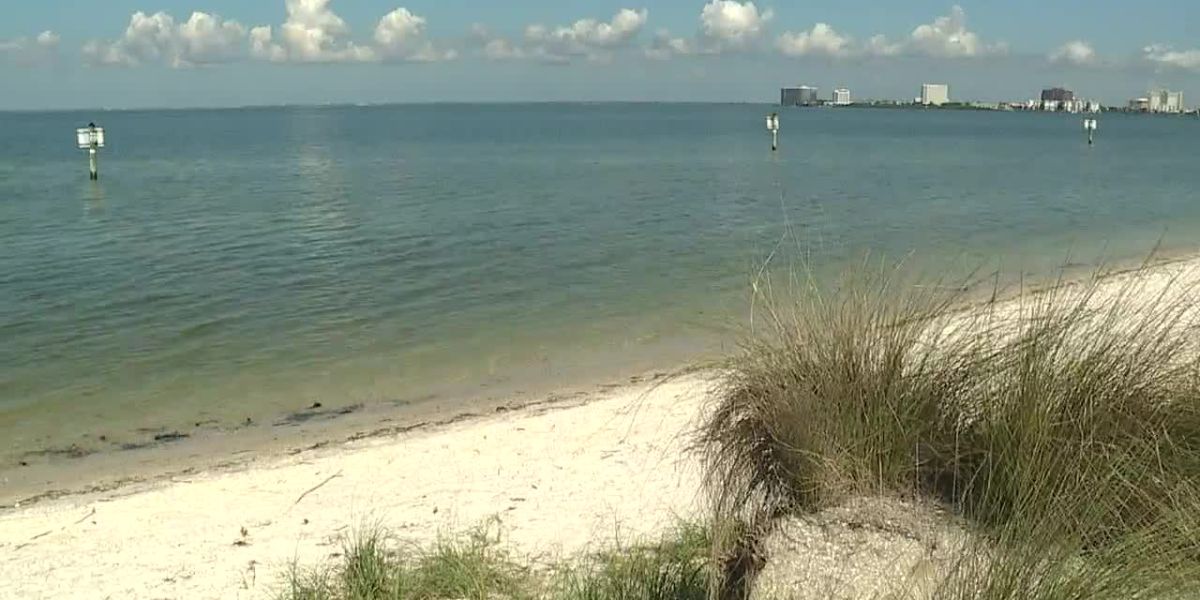Five individuals have lost their lives this year due to a flesh-eating bacteria, as reported by the Florida Department of Health.
Vibrio vulnificus, also known as necrotizing fasciitis, is an infection that leads to painful swelling and blisters near a wound. It’s typically acquired in seawater when a person has an open wound.
Doctors report that this aggressive infection, which can stem from various bacterial strains, is relatively uncommon. The warm summer waters in Tampa Bay and the Gulf of Mexico create optimal conditions for these bacteria to thrive.
Individuals with the infection may experience flu-like symptoms such as fever, dizziness, and cold sweats immediately. Serious complications, including sepsis, shock, and organ failure, are frequently observed.
According to the Centers for Disease Control and Prevention (CDC), even with treatment, one out of every three patients succumbs to necrotizing fasciitis. The CDC reports that between 700 and 1,200 cases of the infection occur annually in the United States since 2010.
In the current year, Florida has recorded 26 cases, a decrease from the 74 cases reported last year, during which 17 people died. This year’s five reported deaths occurred in Sarasota, Hillsborough, Pasco, and Polk counties, according to health department data.
It’s worth noting that individuals can contract this infection without being in the water, although water exposure is the most common route. One individual in Tampa Bay contracted the bacteria through a human bite.
Most healthy adults can fight off a necrotizing fasciitis infection without requiring extensive hospital care, according to doctors. Vulnerable populations include the elderly, children, and individuals with compromised immune systems who have open wounds or lesions.
The simplest way to prevent infection is by practicing regular handwashing. Additionally, it’s advisable to avoid warm saltwater, brackish water, hot tubs, swimming pools, and consuming raw seafood like crab, oysters, or sushi.











Leave a Reply